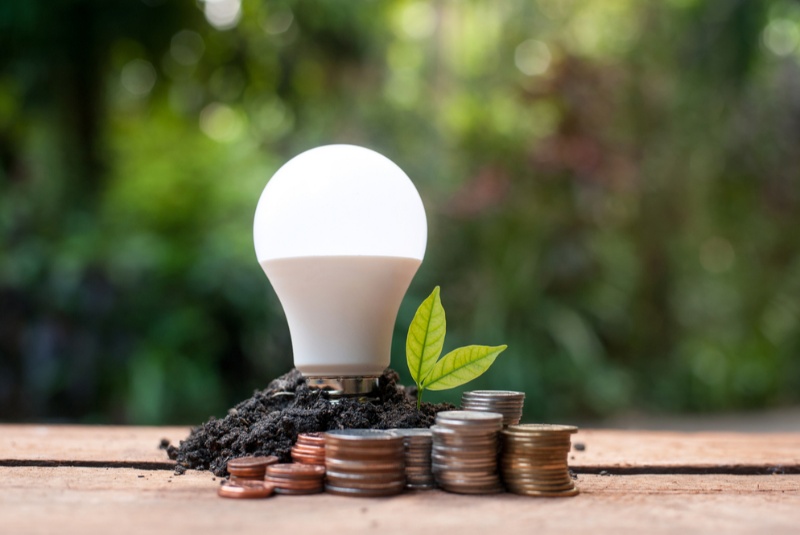Financial security is an essential aspect of life, and one of the key components to achieving it is having an emergency fund. An emergency fund is a savings account that is specifically designed to provide a financial safety net for unforeseen expenses or circumstances, such as job loss, medical emergencies, or home repairs. It offers a financial cushion that can prevent you from falling into debt or being unable to meet your basic needs. In this article, we will delve into the importance of an emergency fund and provide practical tips on how to start and grow yours.
The Importance of an Emergency Fund:
- Peace of mind
An emergency fund provides a sense of security and peace of mind, as it ensures that you have the financial resources to handle unexpected expenses without causing undue stress. By having this safety net, you can better focus on other aspects of your life without constantly worrying about potential financial disasters.
- Avoiding debt
Without an emergency fund, unexpected expenses can lead to high-interest debt, such as credit card debt or personal loans. This can create a vicious cycle of debt and financial instability, as you may be forced to take on more debt to cover basic needs or pay off existing debt. An emergency fund can help you avoid this cycle by providing the necessary funds to cover unforeseen costs.
- Financial flexibility
An emergency fund provides you with financial flexibility in the face of unexpected expenses. This means you can make better decisions, as you are not forced to choose between paying for an urgent expense or meeting your basic needs. It allows you to maintain your financial stability and better manage your overall financial health.
- Preparedness for emergencies
Life is unpredictable, and emergencies can happen at any time. Whether it is a medical emergency, a natural disaster, or a sudden loss of income, having an emergency fund ensures that you are prepared to face these challenges head-on without being completely derailed financially.

How to Start and Grow Your Emergency Fund:
- Determine your emergency fund goal
Before you start saving, it is essential to determine how much money you need in your emergency fund. A general rule of thumb is to aim for 3 to 6 months’ worth of living expenses. However, this may vary based on your individual circumstances, such as job stability, family size, and debt obligations. It is essential to consider these factors and set a realistic goal for your emergency fund.
- Open a separate savings account
To avoid mixing your emergency fund with your regular savings or spending accounts, it is best to open a separate, dedicated savings account. This will help you track your progress and ensure that you are not dipping into your emergency fund for non-emergency expenses. Look for an account with no or low fees and a competitive interest rate to maximize your savings.
- Make saving automatic
One of the most effective ways to build an emergency fund is to make saving automatic. Set up a direct deposit or automatic transfer from your checking account to your emergency fund savings account every time you receive a paycheck. By doing this, you are prioritizing your emergency fund and making it an integral part of your financial plan.
- Adjust your budget
To save for your emergency fund, you may need to adjust your budget to accommodate the additional savings goal. Review your current expenses and identify areas where you can cut back or eliminate spending. This may include dining out less, canceling subscriptions, or finding more affordable alternatives for goods and services.
- Increase your income
If cutting expenses is not enough to reach your emergency fund goal, consider finding ways to increase your income. This can include taking on a side gig, freelancing, or even selling items you no longer need. The extra income can be directed straight into your emergency fund, accelerating your progress towards your goal.
- Prioritize debt repayment
High-interest debt, such as credit card debt, can hinder your ability to save for an emergency fund. By prioritizing debt repayment, you can free up more of your income to put towards your emergency fund. Focus on paying off high-interest debt first, while still making the minimum payments on other debts.
- Reassess and adjust your goal
As your financial situation and needs change, it’s essential to reassess and adjust your emergency fund goal accordingly. For instance, if you have paid off a significant amount of debt, you may find that your emergency fund needs are less than initially anticipated. On the other hand, if your expenses have increased due to a change in family size or living situation, you may need to increase your emergency fund target.
- Maintain and replenish your fund
Once you have reached your emergency fund goal, it’s crucial to maintain and replenish it as needed. If you dip into your emergency fund for an unexpected expense, make sure to replenish the fund as soon as possible. This will ensure that you remain financially secure and prepared for any future emergencies.
Building and maintaining an emergency fund is a vital aspect of achieving financial security. By following the practical tips outlined in this article, you can start and grow your emergency fund, providing yourself and your family with a financial safety net for unforeseen expenses or emergencies. Remember, an emergency fund is not a luxury but a necessity for a secure financial future. Begin your journey towards financial stability today by establishing and nurturing your emergency fund.




